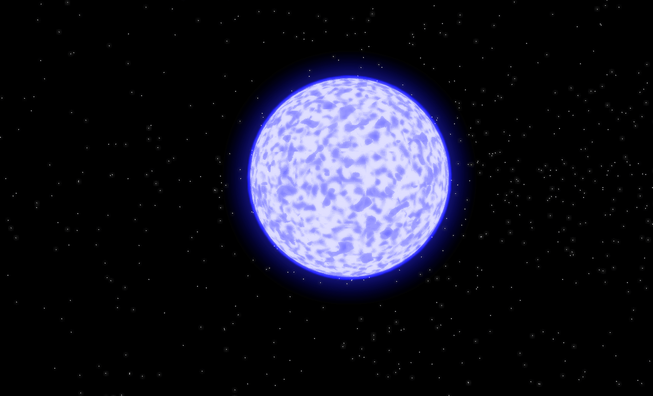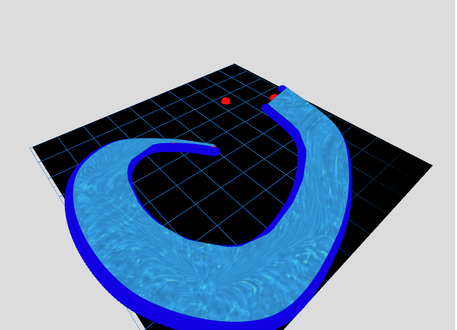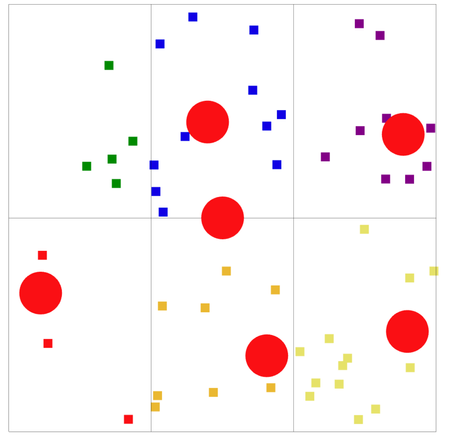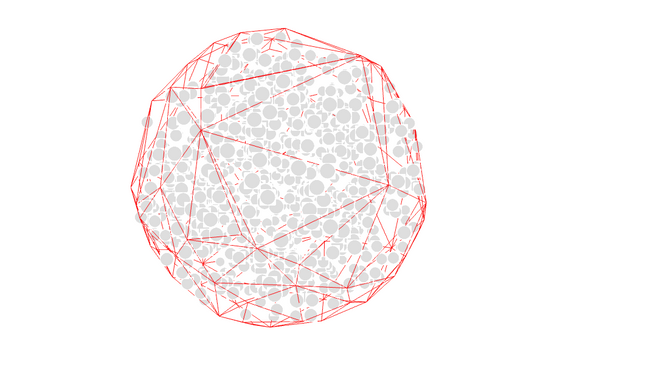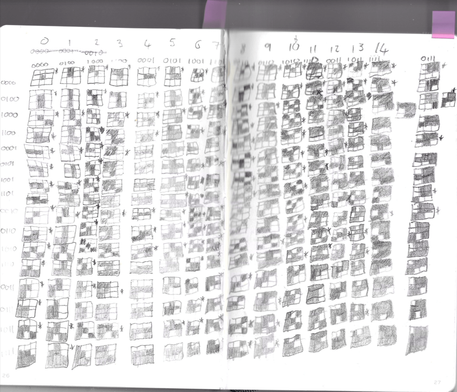Welcome to my blog, I'm Rick and mainly a react dev with a deep interest in creative industries and general 3D.
Harnessing the Elements - Sun, Noise, and Bloom in Layered Mesh Design
This article examines the role of 3D noise in layered mesh design, focusing on how noise algorithms shape textures and patterns. By integrating sun and bloom effects, these dynamic designs create complex, organic visual aesthetics in digital environments, enhancing realism and depth in 3D rendering and animation.
Dynamic FlowMap Curve Modifier for Procedural River Generation
The dynamic FlowMap Curve Modifier is an innovative research and development tool for creating fluid, adaptive river terrains. It combines curve modification with integrated flow mapping to generate evolving watercourses, offering new possibilities for procedural landscape generation in 3D environments and interactive applications.
Centroids - Precursor to Normal Calculation in Point Clouds
This project involves dividing a bounding box into equal sections to compute and visualize 3D centroids of points within each section. It serves as a precursor to calculating local normals for point clouds. The visualization includes section boundaries, centroid spheres, and normal vectors to aid in understanding point distributions and orientations.
Crafting a Spatially Expanding Blob in Three.js - Dynamic Geometry and Bounding Box Alignment
This article explores the creation of a spatially expanding blob in Three.js, where dynamic geometry is used to gradually fill and align with an outer bounding box. Learn how to manipulate vertices and apply spatial transformations, ensuring the blob seamlessly expands and sits flush within its container, creating visually engaging 3D effects.
Visualizing a 3D Sphere with Convex Hull and Wireframe Using R3F.
In our latest research and development project, we explored the creation of a custom 3D convex hull wireframe within a spherical dataset using React Three Fiber (R3F). This novel approach allows for precise visualization of the outermost points in a 3D space, avoiding the typical issues of wireframes intersecting the center. Our method offers new possibilities in rendering complex shapes, making it a valuable tool for innovative 3D data analysis and visualization.
Bridge Texture and Geometry Worlds by Mapping Patterns and Generating Vertices
Bridging Texture and Geometry Worlds by Mapping Patterns and Generating Vertices" explores a novel method to convert texture patterns into precise vertices, merging the realms of texture and geometry. Through advanced mathematical techniques, vertices are projected onto meshes, allowing for intricate buffer geometry manipulation. This research paves the way for new applications in gaming, animation, and architectural visualization, offering a deeper understanding of texture-geometry interaction and pushing the boundaries of 3D modeling

